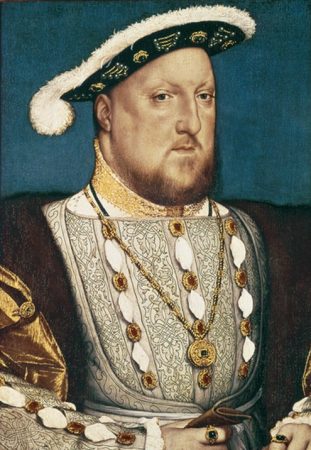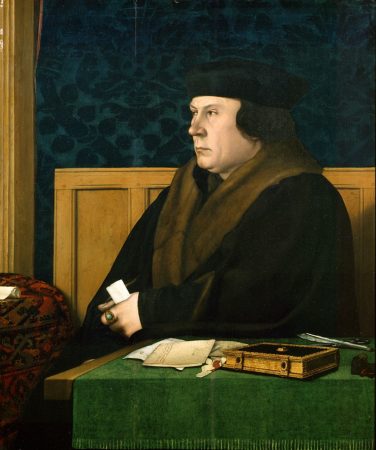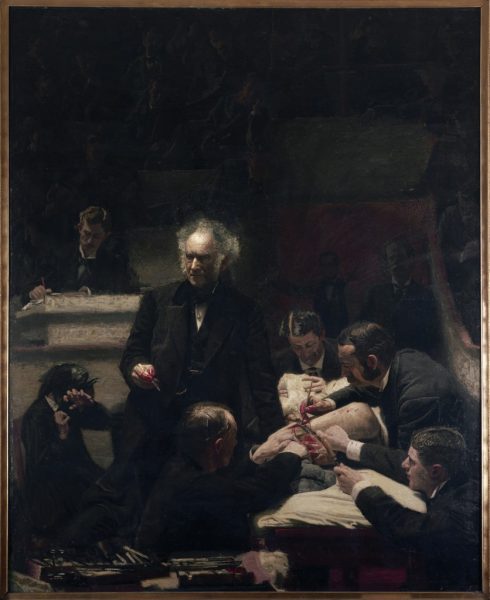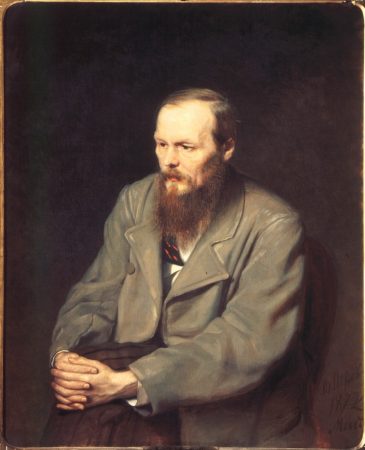
Larry Towell. Canada, London. June 7, 2020. Peaceful Black Lives Matter protest in response to the police killing of George Floyd… Photograph. © Larry Towell / Magnum Photos. © 2022 Artists Rights Society (ARS), New York / SAIF, Paris.
I UNDERSTAND THAT I WILL NEVER
UNDERSTAND.
HOWEVER, I STAND.1
Students have been “standing” for centuries, and activism is at least as old as the modern western university. From Bologna in the Middle Ages through Paris, Oxford, and Cambridge, student collectives effectively determined their fees. Currently, in a world moved by activism, student uprisings are on the rise. We’re in a groundswell of youth protest, a renaissance partly defined by social media. See #BlackLivesMatter, #MeToo, #NeverAgain, #climatechange, and many more.
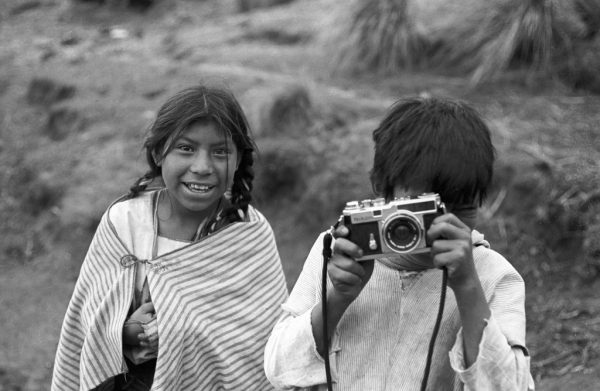

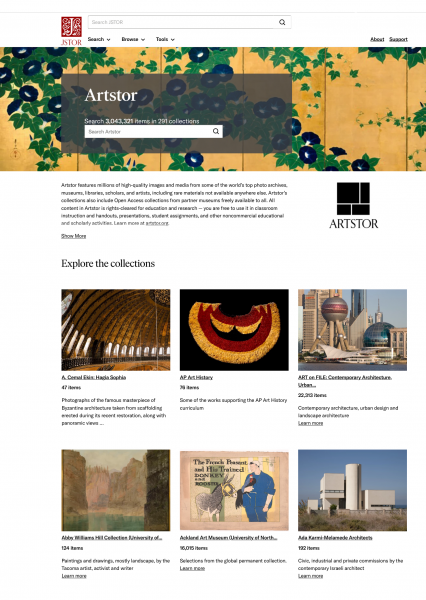 We are currently working on
We are currently working on 